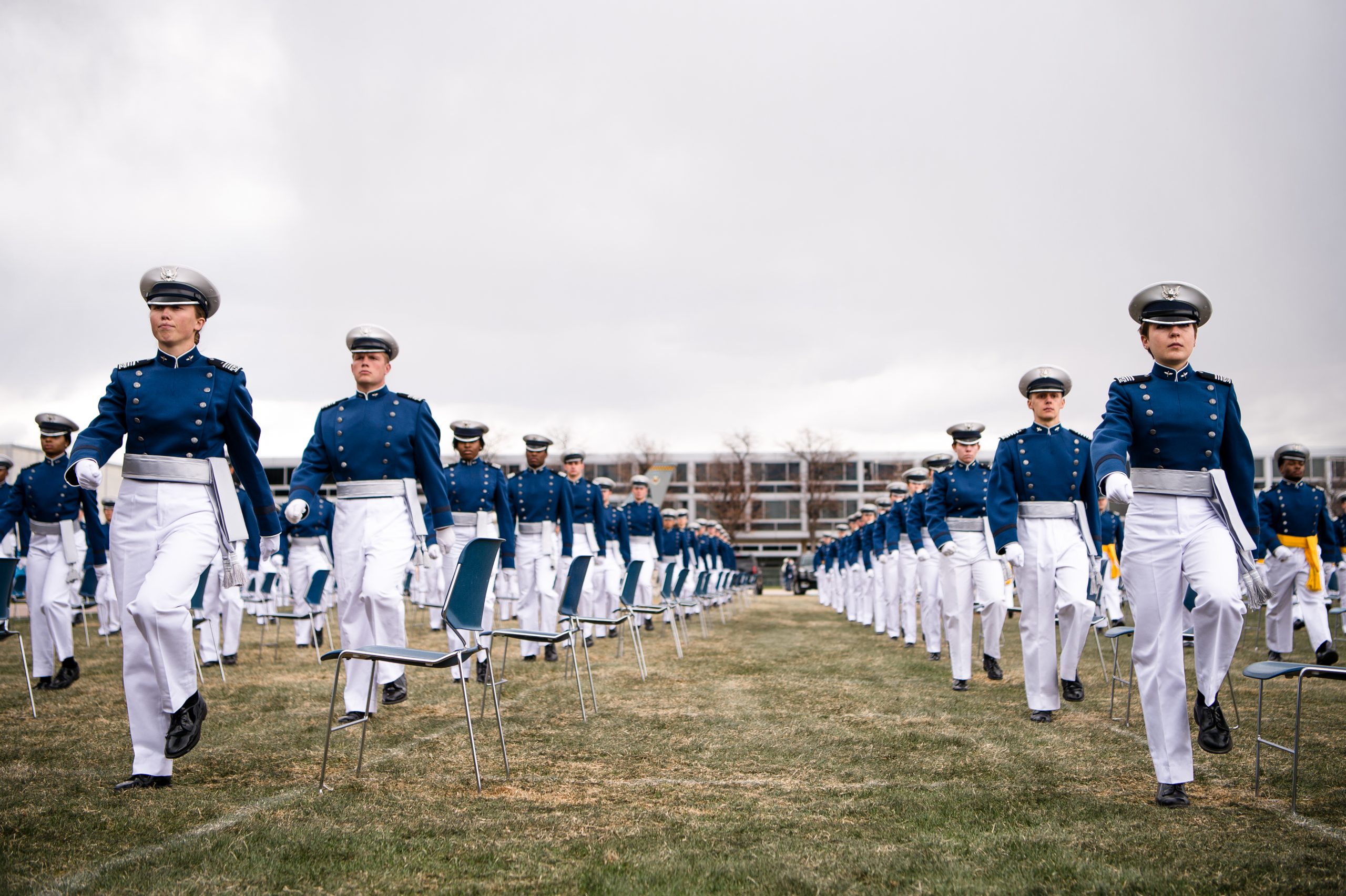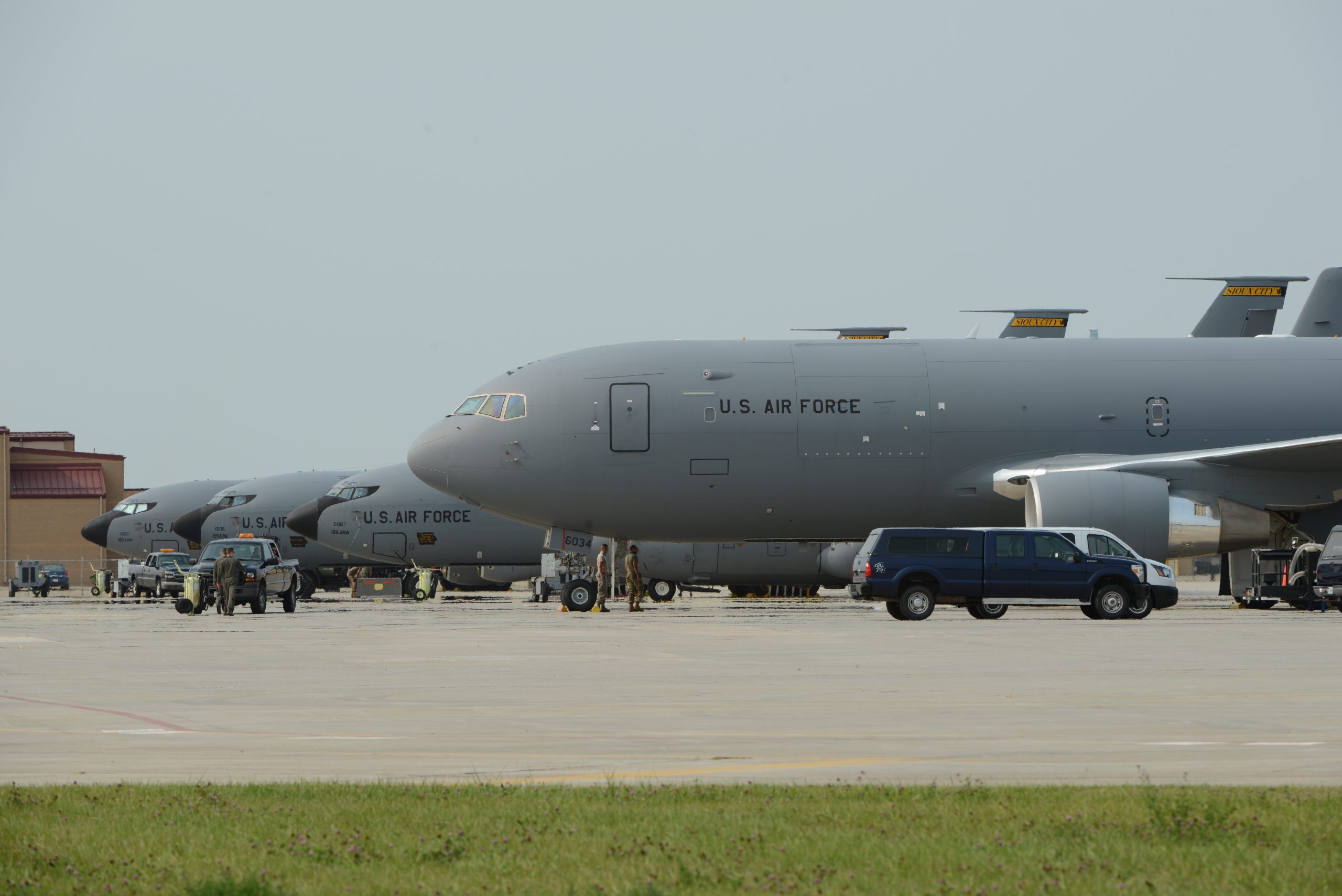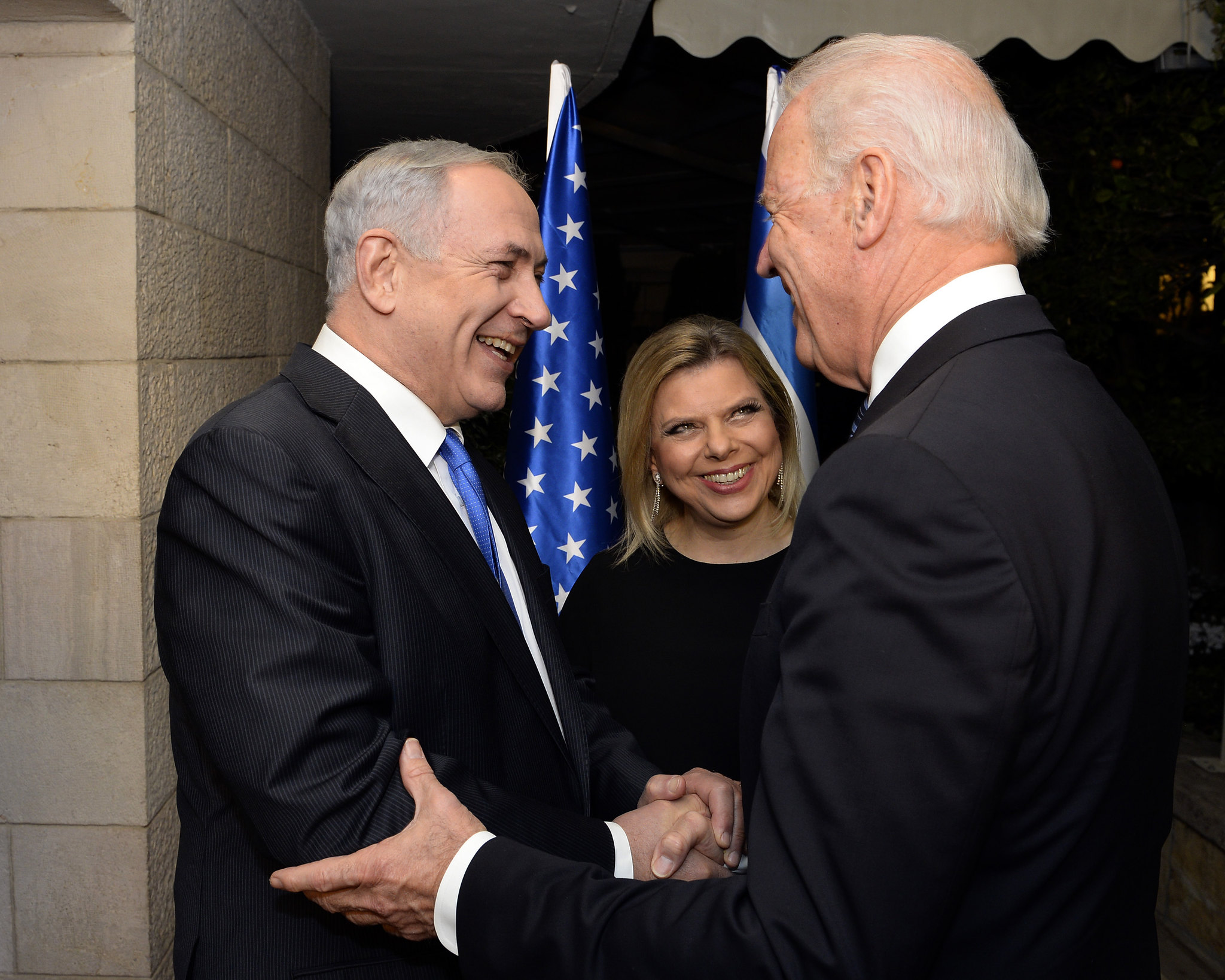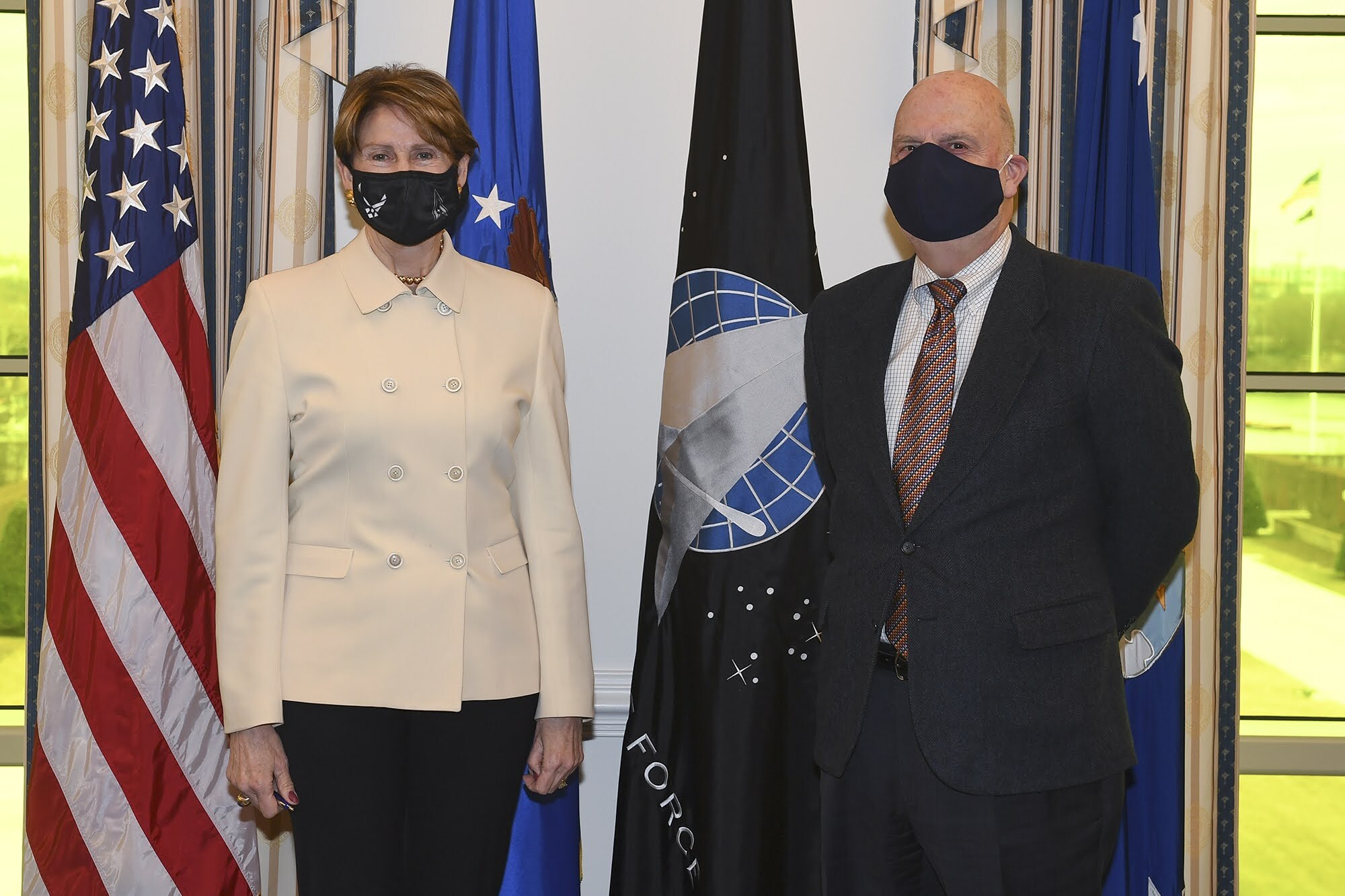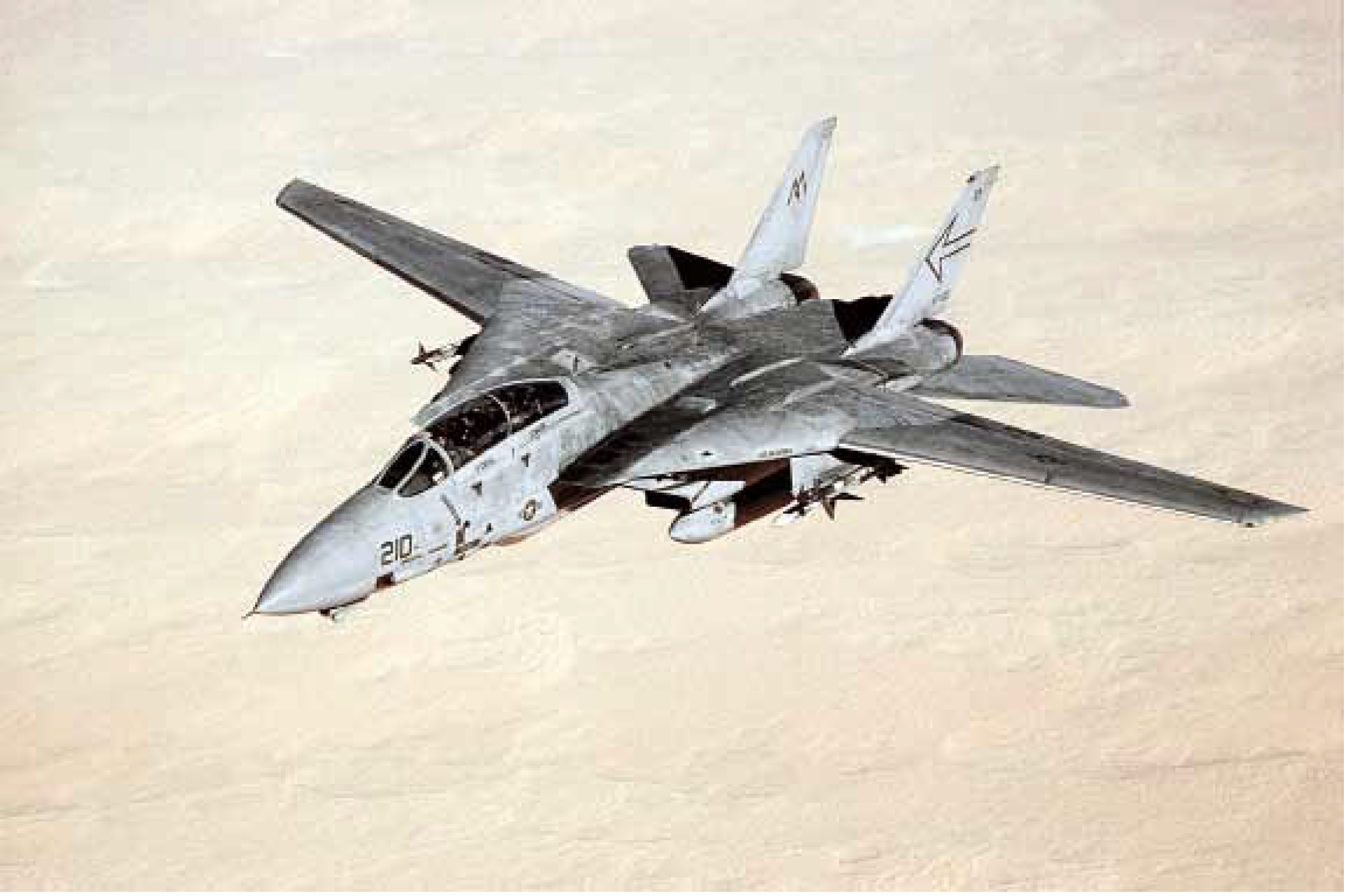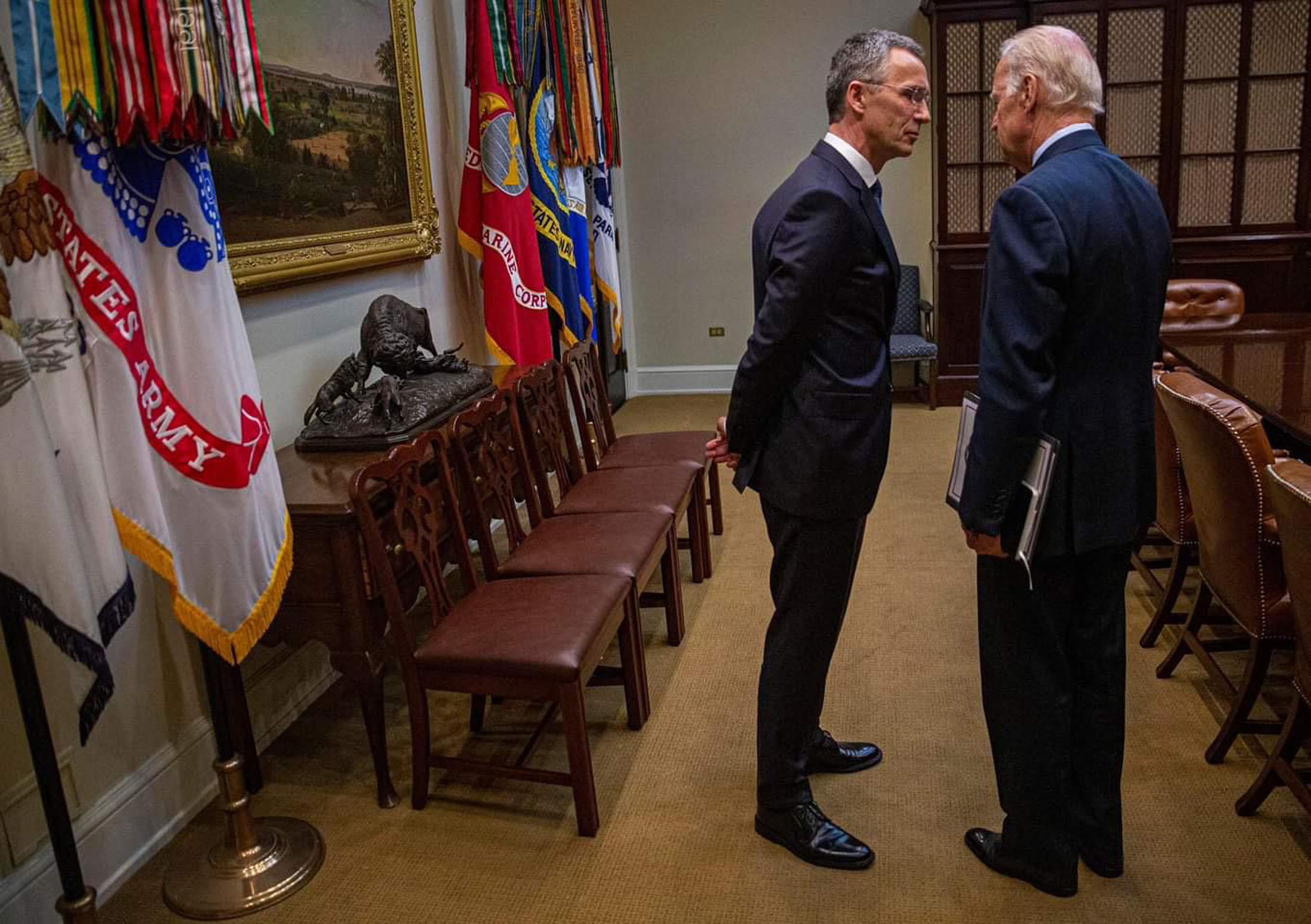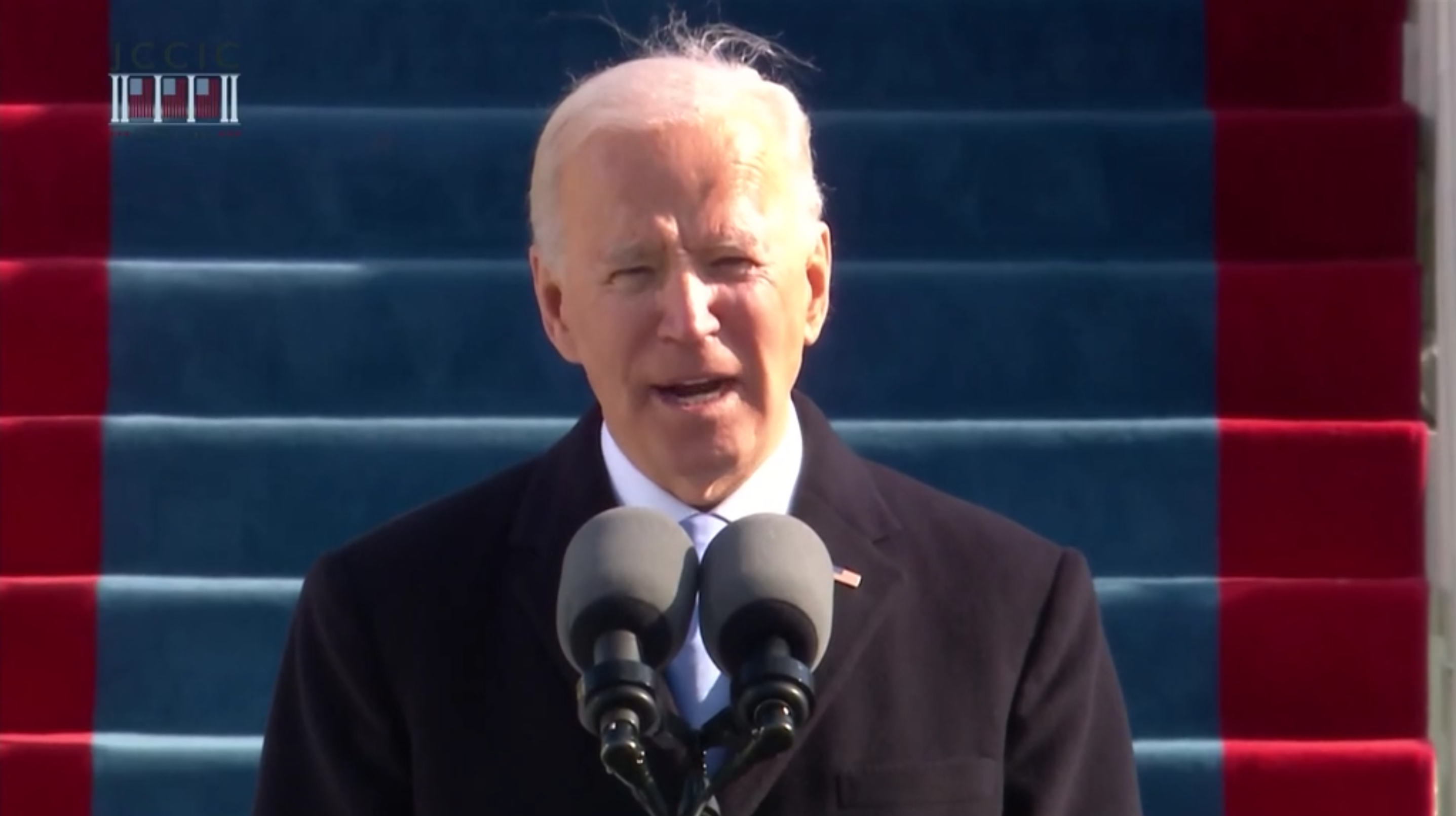The U.S. Air Force Academy in Colorado plans to send more students to the Space Force in 2021 than it did in the first cohort last year, the school’s superintendent said Jan. 21.
About 115 USAFA cadets will head to the Space Force upon graduation in May, up from 86 last spring, according to Lt. Gen. Richard M. Clark. The class of 2020 graduated the first group of USSF-bound second lieutenants after the new service was created in December 2019.
That figure also indicates USAFA has widened its net over the past few months as it refines the search process for future Guardians. Air Force Magazine reported in November that the school expected 98 students would commission into the Space Force in 2021, largely bound for careers in satellite and radar operations and similar tracks.
Instead of large fluctuations each year, the number of second lieutenants coming from USAFA should stabilize over time “as the other commissioning sources get on board with normalized processes of how they bring young people into the Space Force,” Clark said during an event hosted by AFA’s Mitchell Institute for Aerospace Studies.
Col. Jeffrey H. Greenwood, USAFA’s Space Force liaison, recently told Air Force Magazine he expects the school will typically turn out around 80 Space Force second lieutenants each year. More than 440 seniors applied for 60 space operations spots alone in the 2021 cohort, he said.
Surveys last year showed the class of 2022 is less interested in the Space Force than the 2021 graduates, Greenwood said, while about one-third of respondents in the class of 2024 said they are open to joining.
The Space Force aims to bring in about 250 new officers annually, with about half coming from USAFA in 2021. Others will join through the collegiate Reserve Officer Training Corps and the Officer Training School for college graduates.
“We have more volunteers than we have slots to give,” Clark said. “We have the flexibility to meet the demand in case ROTC or OTS don’t quite get to the numbers that they’re after.”
The service is still transferring in officers and enlisted members from the Air Force and other military branches, and will employ around 16,000 people in total. Incoming members are headed for jobs in satellite operations, space-focused intelligence and electronic warfare, cyber offense and defense, acquisition, and more.
“Where I think we’re becoming more deliberate, because we’re getting direction from [Chief of Space Operations Gen. John W. ‘Jay’ Raymond] and the Space Force, is what they want to see in a cadet,” Clark said.
Service officials are pushing digital fluency and coding skills, for example, and a willingness to think outside the box of traditional air and space power. Top Space Force leaders are also getting to know potential Guardians as they interview students to join the service.
As for graduation itself, USAFA hopes the ceremony in May will be more normal than that of April 2020. Seniors finished the school year early with a guestless and socially distanced event as the coronavirus pandemic swept around the planet.
The school canceled spring break and instead spread those vacation days throughout the semester to create more three-day weekends, Clark said. That should keep the semester on track so cadets can graduate on May 26 as scheduled.
“We’re looking at the numbers of people that we can have in graduation. That’s probably going to be a variable that we’ll take as it comes and see how COVID and the [local] guidelines drive us, but we intend to have graduation in the stadium,” he said. “We intend to have some guests for each cadet—how many, we’re not sure yet.”
